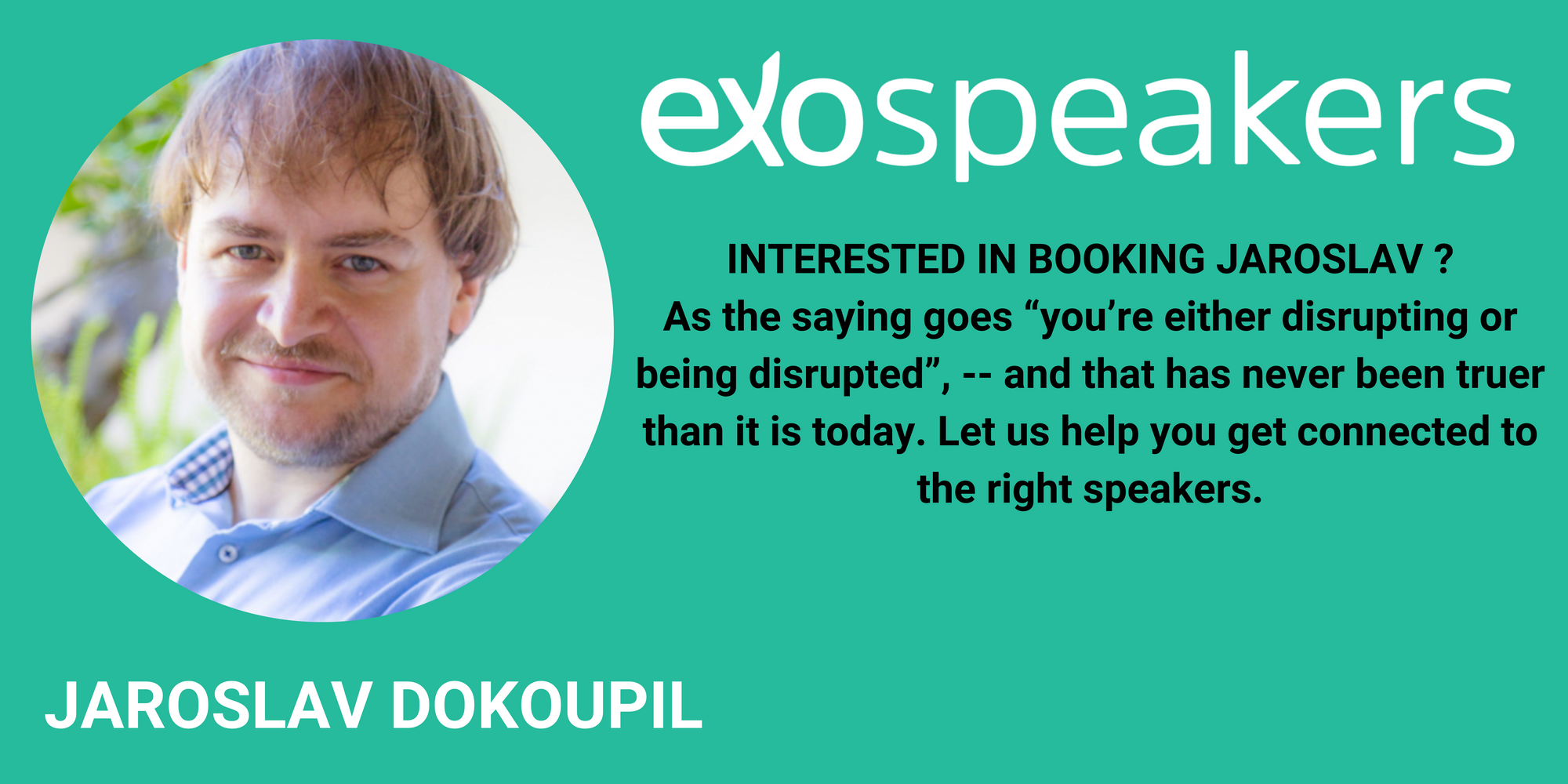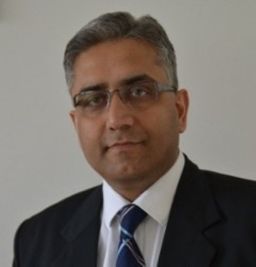
Why Renewed Focus on Customer Needs Is Key to Economic Recovery
Disruptions change our world, reshape societies and radically shift what customers need and are willing to pay for.
The technological, environmental, and societal disruptions are putting an increasing strain on any company operating in the 21st century. Existing product lines, services, and business models are being put under enormous pressure and many organizations are left seeing value disappear out of their current products, services, and business models.
The recent global events only added to the above and have forced many organizations to fight for survival as well as look for innovative ways to build future resilience into their business models. And while there may be increased pressure and scarcity within their current product and service portfolio, there is one crucial insight that can help any business to succeed and thrive going forward.
A successful business can only exist if it can sustainably and consistently create value for its customers. Clayton Christensen has popularized the term ‘jobs to be done’ explaining that customers continuously seek products and services to help them meet their needs and achieve their goals and aspirations.
And herein lies the good news.
While there may be scarcity in your current business model or current customer demand for your products and services, there certainly is no scarcity in the existing needs and desires of customers around the world. In fact, it is exactly the opposite – these needs are and always will be in abundance.
Any successful business once started with a single insight, a definition of a specific customer need or a problem, and an innovative way to address it. As it grew, some of this original impulse may have faded away and has been replaced by operational processes and continuous focus on production efficiency and achieving scale. This was necessary to achieve stability, growth, and sustained scale but it may have also lead to forgetting the essence that started it all – closeness to a customer and the ability to find better, cheaper, and more effective ways to meet their needs.
Disruptions change our world, reshape societies and radically shift what customers need and are willing to pay for. If you find the scarcity in your current business model increasing and see your revenues decreasing it may just be the right time to tap into the original abundance of customer need and organizational creativity that sustained your business at the very beginning.
As the old Chinese proverb says – “When the winds of change blow, some people build walls and others build windmills.”
As we collectively figure out a way out of one of the biggest worldwide disruptions in recent history, rebuilding our organizations and their engines of growth by tapping into abundance of customer needs is at the core of the needed economic recovery we need to work towards.
Additionally, beyond existing customer needs there is also an abundance of world problems around which new purposeful businesses can be built.
Through our openness, creativity, and ingenuity, the time ahead can become the biggest launchpad for innovative products, services, and business models the world has ever seen. It is an opportunity of a lifetime unfolding right in front of our eyes.
So what do your customers really need right now and how will you help them? And which of the world’s unresolved problems will you tackle?
Adapted from an original post published in 2020 here.
One of the kindest things you can do is to share this information if you found it informative or it increased your understanding in some way. Please use the social sharing buttons or whatever method you like and share on your favorite social channel! Karma is cool and you'll look cool for sharing.

ExO Insight Newsletter
Join the newsletter to receive the latest updates in your inbox.









